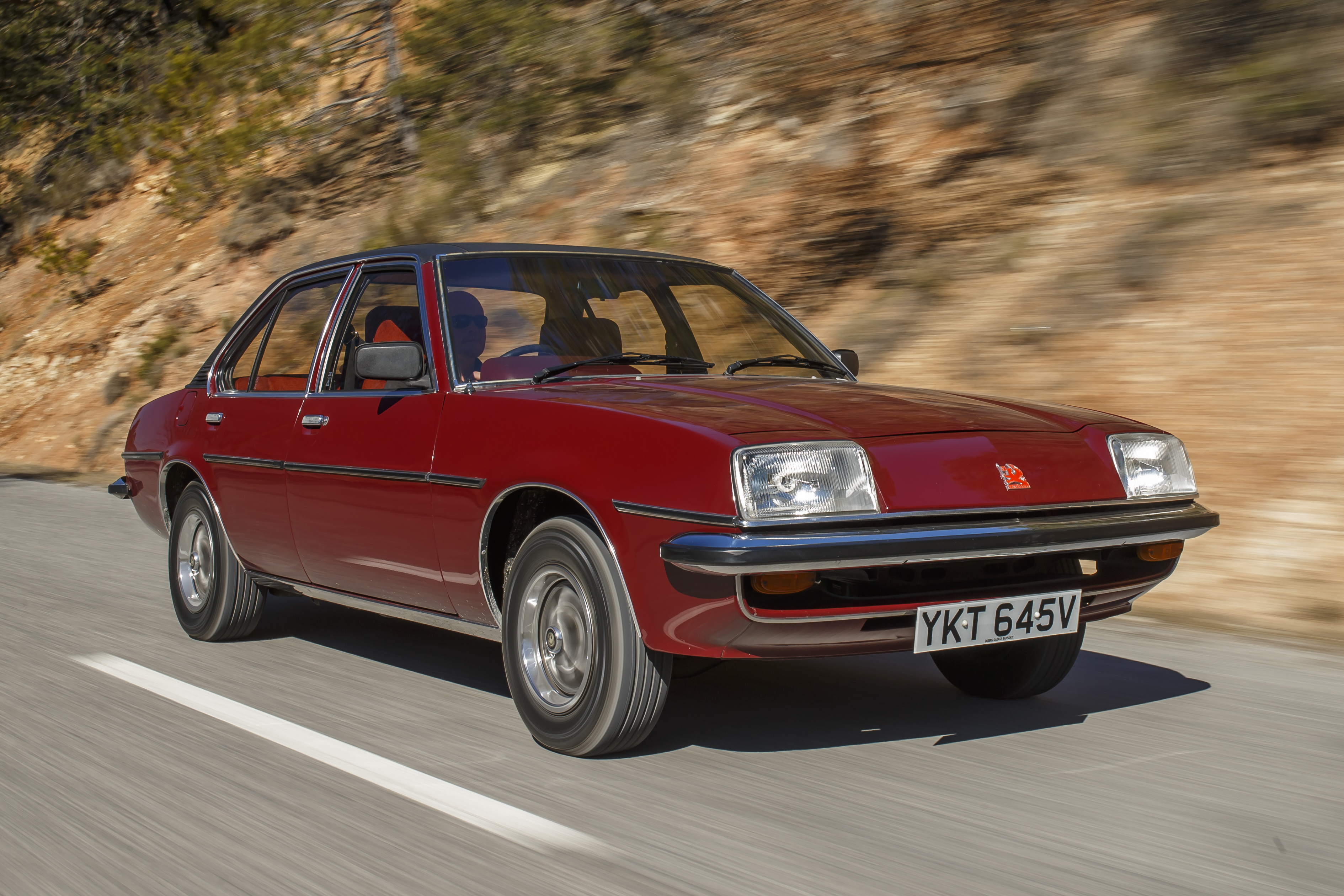
Vauxhall has gone through some turbulent times, with changes of ownership, dealerships closing and even the concern that the brand might disappear altogether.
But the brand has a rich heritage, producing some great and often underappreciated cars. From best-selling saloons and hatchbacks through to high-performance bespoke drivers’ cars, Vauxhall has produced models to suit a vast array of different buyers’ needs. But which of the company’s many previous offerings do we reckon are the most memorable?
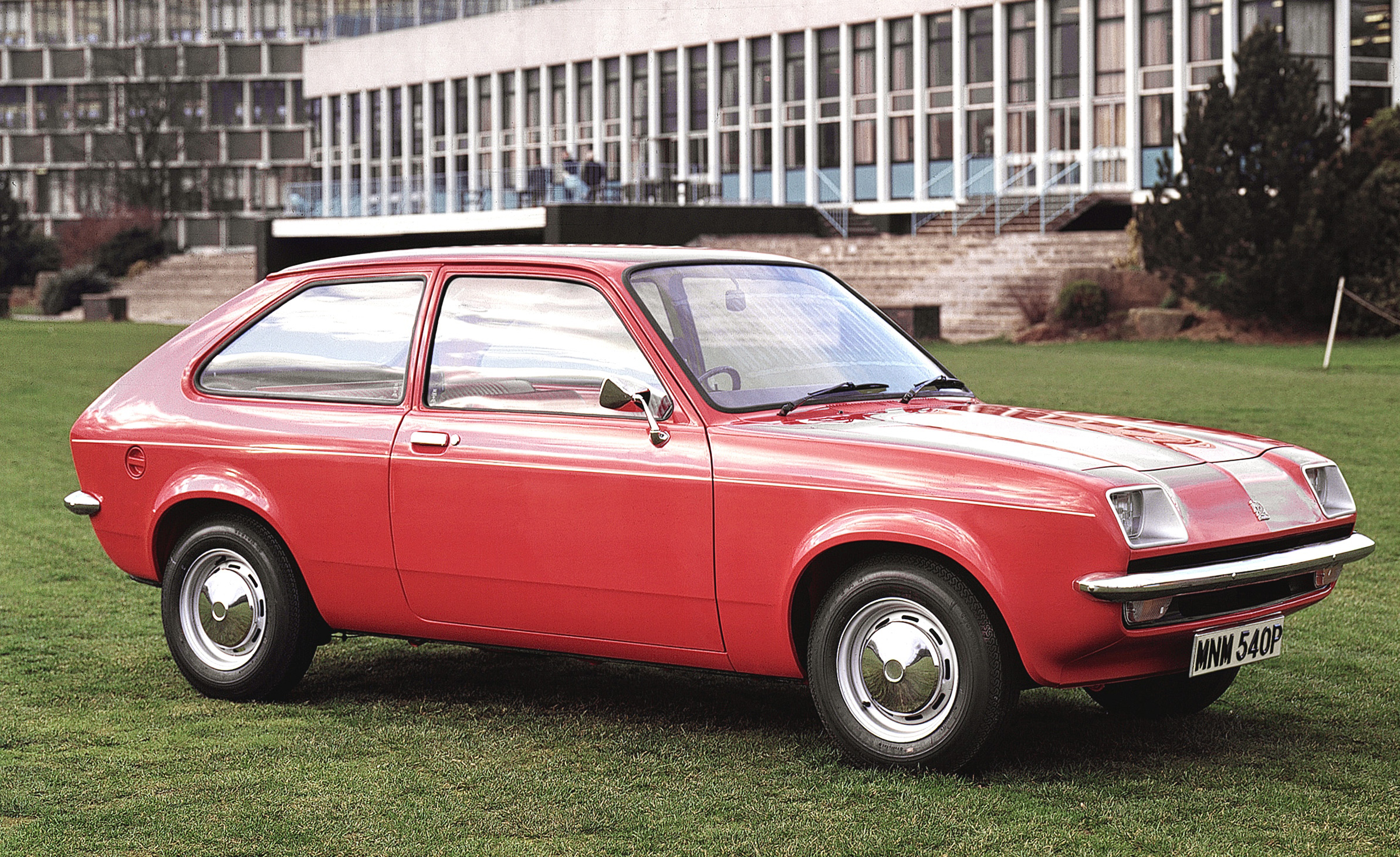
Vauxhall Chevette
We’ll kick off with one of Vauxhall’s big sellers of the 1070s, which went on to enjoy a nine-year run from its launch in 1975. Ignoring the trend of adopting front-wheel drive, the Vauxhall Chevette was traditionally engineered and came solely with 1256cc power – until the arrival of the HS2300, a limited-run homologation special that took the rally world by storm. The availability of three-door hatch, two/four-door saloons and three-door estate versions widened the Vauxhall Chevette’s appeal and these days it’s appreciated as an affordable and easy-to-maintain classic choice.

Vauxhall Viva
Launched in 1963 in square-looking Vauxhall Viva HA guise, replaced by the curvaceous HB in 1966, only to end up as the rather handsome HC in 1970 for the next nine years, the long-running Vauxhall Viva was one of Vauxhall’s most successful offerings over almost two decades. The HC in particular spawned a variety of interesting variations on the Vauxhall Viva theme, including the bigger-engined (1.8-litre or 2.3-litre) and better-equipped Vauxhall Magnum, plus stylish coupe (initially badged as the Vauxhall Firenza) and estate models to ensure widespread appeal.

Vauxhall Cavalier
It wasn’t until the arrival of the crucial new Vauxhall Cavalier in 1975 that Vauxhall finally had a model with which to fight back at the best-selling Ford Cortina, which the following year would be relaunched in MkIV guise. The rear-wheel drive Vauxhall Cavalier was a serious contender, with neat styling, a wide choice of trim levels, decent equipment and a truly modern feel. No wonder it helped Vauxhall to boost its fleet presence by a huge margin, stealing sales from Ford and paving the way for the front-drive MkII Vauxhall Cavalier six years later.

Vauxhall Cavalier Mk2
Yes, it’s another Vauxhall Cavalier – and we make no apologies for that. The second-generation model was a real game-changer for Vauxhall, arriving in 1981 at a time when the Ford Cortina was seen as distinctly old-fashioned. And even when the controversial Ford Sierra arrived in 1982, the Vauxhall Cavalier still managed to attract huge numbers of buyers thanks to the Sierra's controversial styling. With good looks, nimble front-drive handling, a wide engine choice and the availability of sporting versions like the 1.8 SRi and 2.0 SRi 130, this Vauxhall Cavalier remained popular throughout its seven years on sale.
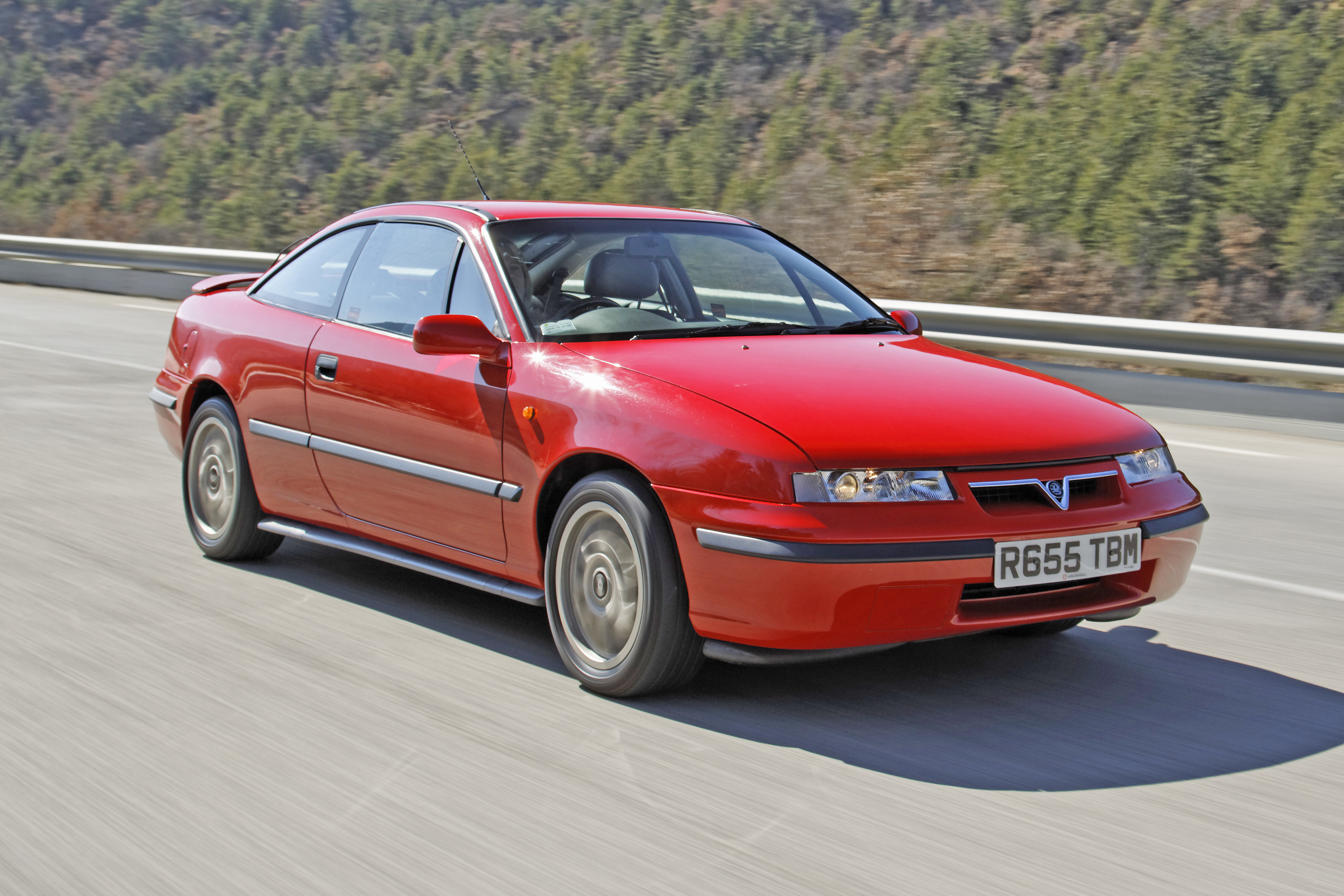
Vauxhall Calibra
Vauxhall’s impressive new Vauxhall Calibra went on sale in 1990 and was the most aerodynamic car in its class with a Cd rating of just 0.26. Based around the floorpan and running gear of the Vauxhall Cavalier Mk3, the Vauxhall Calibra offered a choice of 2.0-litre (8v/115bhp and 16v/150bhp) engines. The 201bhp Calibra Turbo arrived in 1992 (complete with four-wheel drive, six-speed gearbox and a top speed in excess of 150mph), followed by the 2.5-litre V6 in 1993. These days the Vauxhall Calibra makes a great modern-classic buy for anyone seeking a stylish coupe with plenty of driver appeal.
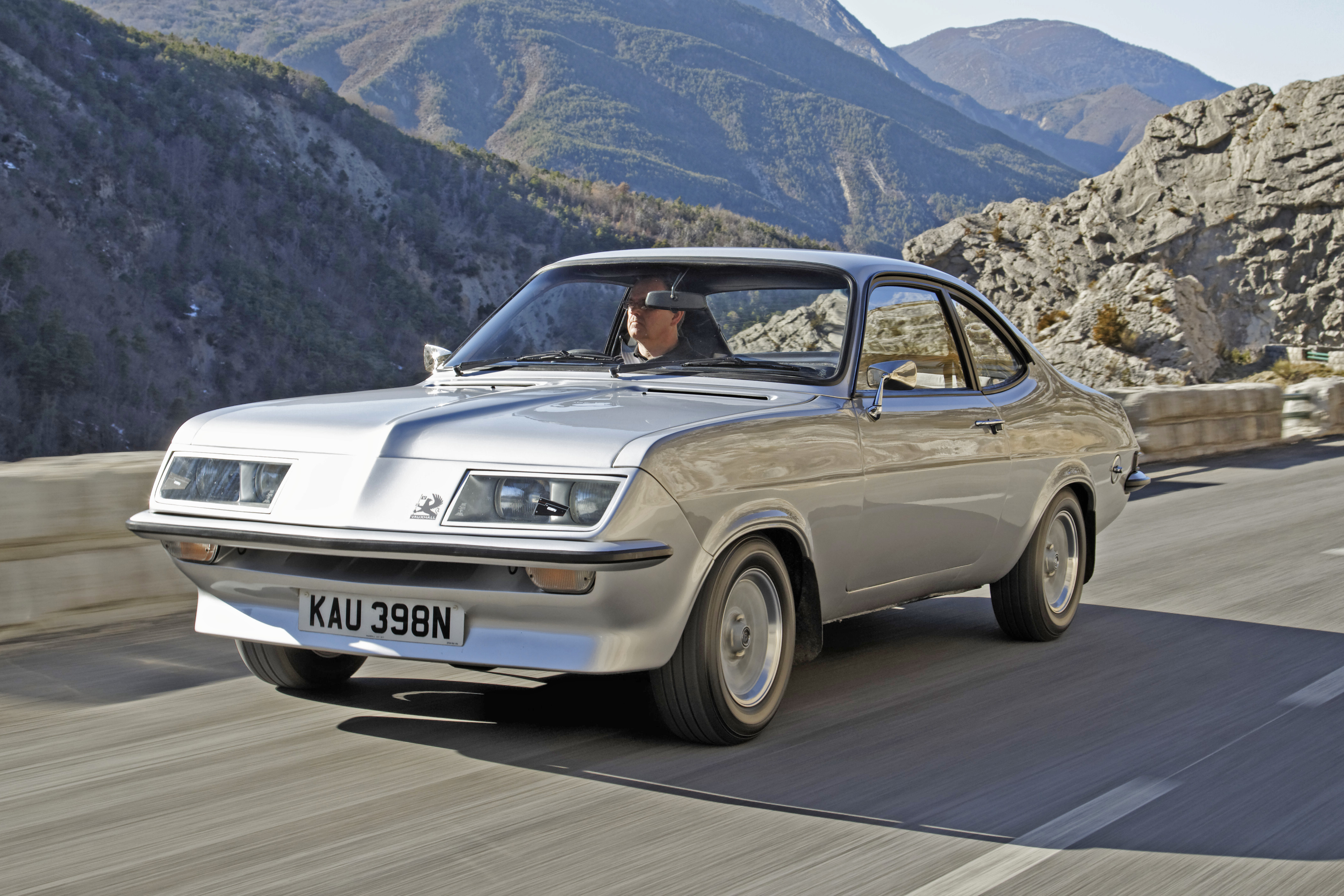
Vauxhall HP Firenza
Derived from the Vauxhall Viva HC family were the high-performance 'droop snoot’ models, which began in 1973 with the Vauxhall HP Firenza HP – a low-production highly modified coupe with a sloping front, Blydenstein-engineered 2.3-litre powerplant, five-speed gearbox and beefed-up suspension. Then in 1976 came the Vauxhall Magnum estate-based Sportshatch, featuring the same distinctive front end (thanks to Vauxhall’s leftover stock of glassfibre nose cones) and once again with 2.3-litre power. Each Vauxhall Sportshatch featured dark maroon paintwork with contrasting red stripes for a properly distinctive look, but in the end just 197 examples were built.

Vauxhall Nova
What the rest of Europe knew as the first-generation Opel Corsa was sold in Britain as the new Vauxhall Nova. The 1983-93 Spanish-built Vauxhall Nova proved to be a hit for Vauxhall, despite usually trailing the Austin Metro and Ford Fiesta in the sales charts. With three- and five-door hatchbacks and (unusual for this class) two- and four-door saloons available over the years, there was a Vauxhall Nova to suit most small-car buyers of the 1980s – while those seeking a hot hatch were tempted by the 1.3 SRi and subsequent 1.6 GTE.

Vauxhall Omega
Launched in 1994 and running for nine years, the Vauxhall Omega was a large, rear-wheel drive model that proved popular with police forces but struggled against more upmarket brands elsewhere. And that was a shame, as it was always a decent drive – especially when the Vauxhall Imega Elite 3.0i V6 came along. In saloon guise, this 2962cc 24-valve six-cylinder Vauxhall Omega powered its way to a top speed of 149mph, producing a mighty 210bhp at 6600rpm. But even a regular Vauxhall Omega is a great buy, offering executive-style motoring (in both saloon and estate guises) at a bargain price.
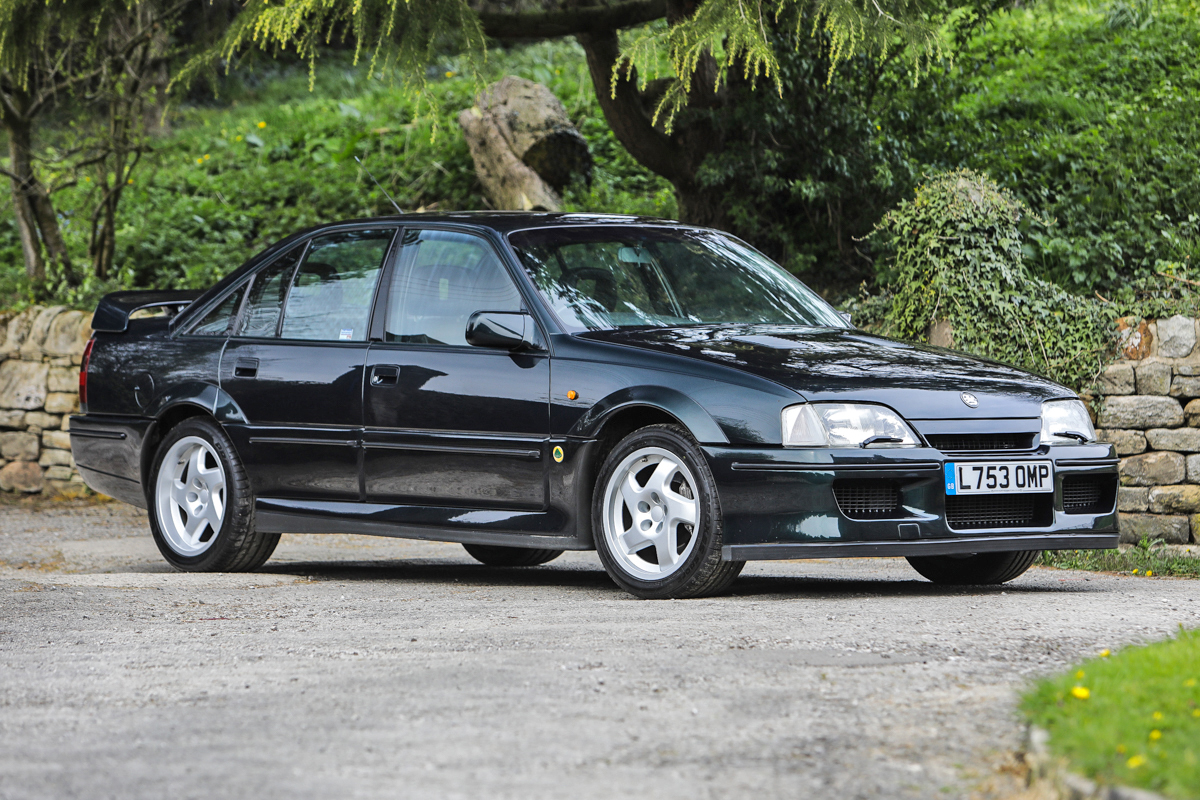
Lotus Carlton
Lotus had a history of creating high-performance saloons thanks to models like the Ford Cortina of the 1960s and Talbot unbeam of the 1970s. But it was the link-up with Vauxhall and the launch of the Lotus Carlton in 1990 that saw the Norfolk firm perfecting the art thanks to its 3615cc twin-turbo straight-six – producing 377bhp and 419lb.ft. of torque. With a top speed of 177mph and 0-60 in a mere 5.1 seconds, no other four-door saloon of the time could compete. But at £48,000 the Lotus was expensive and in the end just 950 were built.

Vauxhall Senator
The big Vauxhall Senator was Vauxhall's rival to the Ford Granada - a big comfy saloon built in Germany and designed for the Autobahn. Originally called the Vauxhall Royale (and rather confusingly also sold at the same time as an Opel) the Vauxhall was available with a 3.0-litre six-cylinder engine boasting 180PS. Facelifted in 1982 (and now called the Opel Senator) it was finally rebadged as the Vauxhall Senator in 1984. Top of the range CD models came with every conceivable luxury extra such as air con, heated seats and a state of the art digital dash. Now rare, they do occasionally come up for sale but prices are on the up.

